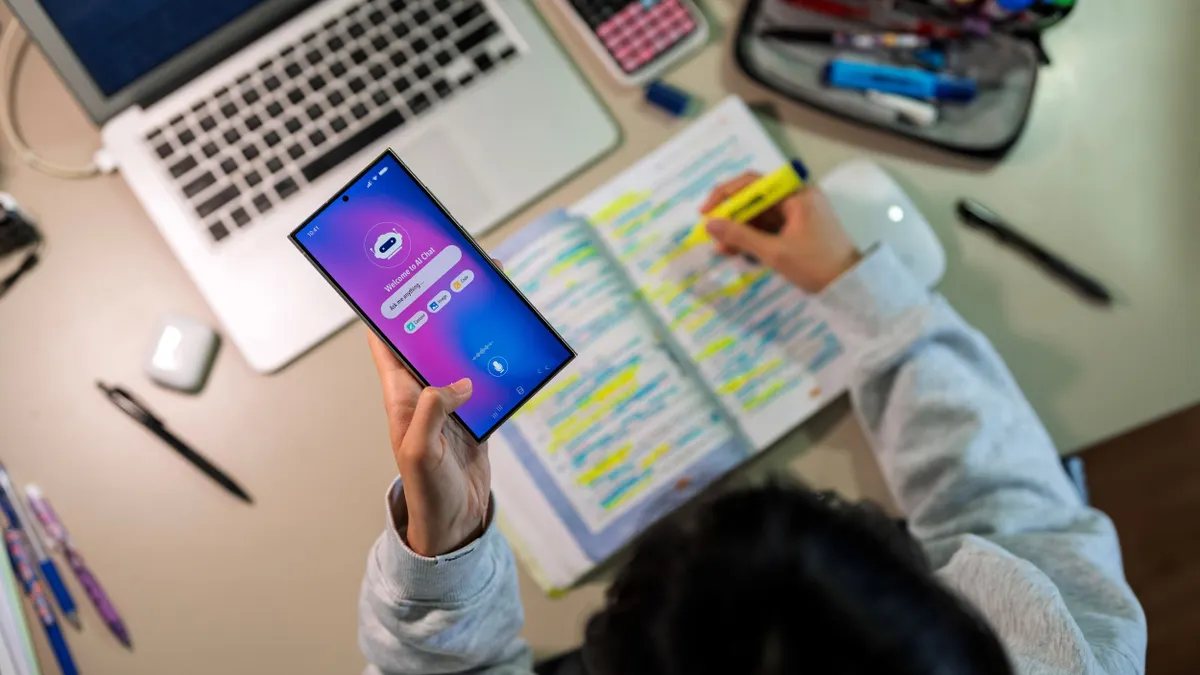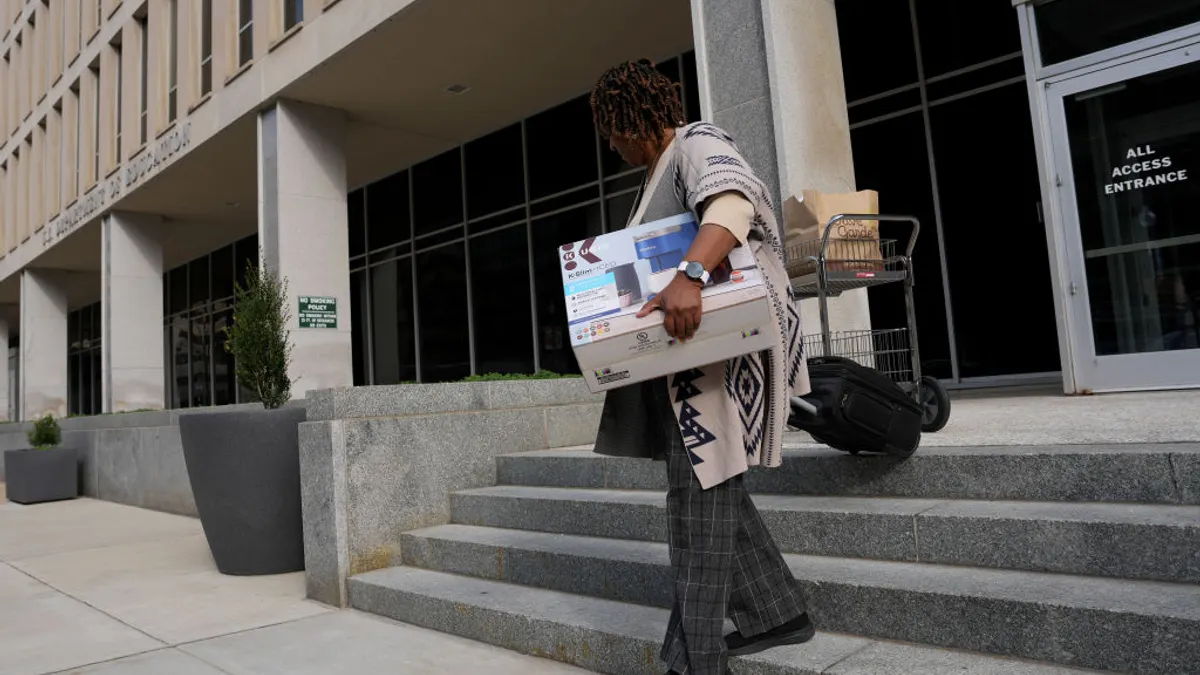When LeViis Haney took over as principal of Joseph Lovett Elementary School on Chicago’s west side about four years ago, the student failure rate was relatively high, discipline infractions were numerous, and a chief complaint of teachers was that students constantly interrupted class.
About two years ago, Haney and his team connected with LEAP Innovations, a Chicago-based, national nonprofit focused on personalized learning. The school team decided kids were acting out because they weren’t engaged in their lessons, and the LEAP Learning Framework provided a guide for transforming their school.
“We took a hard look at the way we were providing instruction for kids and we determined it was heavily teacher-centered and not really learner-led,” Haney said. So they decided to make some changes.
The LEAP Learning Framework includes four core components they call learner-connected, learner-focused, learner-demonstrated and learner-led, all of which are defined in detail here.
Chris Liang-Vergara, director of learning innovation at LEAP Innovations, says he advises schools to identify a problem of practice and choose one of the four framework components as an initial focus. This streamlines the change-making process and makes it all more manageable.
“Learner-led is the one a lot of schools gravitate to because there’s a lot of talk about student agency but not a lot of understanding of what that looks like in practice,” Liang-Vergara said. “It’s creating a lot of good conversations across the schools we work with.”
The LEAP Learning Framework includes a list of suggested strategies with each core component, but it specifically encourages schools to consider them inspiration for locally developed strategies, rather than a checklist.
Like many other schools, Lovett Elementary chose to focus first on the learner-led component of the LEAP Learning Framework. This meant strategizing how to get students to take ownership of their learning and help teachers become facilitators in the classroom rather than “dispensers of information,” as Haney says.
Two key elements of the transformation were creating learner profiles and implementing student conferences. To create a learner profile, second through fifth grade teachers involved in the pilot last year interviewed each of their students, asking questions about their perceived strengths and weaknesses, learning preferences, family composition and more. From there, teachers could design learning activities that aligned with their students’ needs and interests.
Teachers meet with students approximately every two weeks for conferences. They discuss and set both academic and non-academic goals, sharing data and ensuring students take ownership over their progress.
Haney said students have risen to the occasion, embracing their central role in their own education. Teacher-student relationships have prospered — teachers say they know their students on a much deeper level than they have in the past because of the conferencing and profile-making process. Assignment completion rates are much higher. And student behavior has improved dramatically.
“Discipline problems teachers had reported were almost reduced to zero,” Haney said.
This year, the plan was to scale the program to the sixth grade. There was a problem, though — seventh and eighth grade teachers didn’t want to be left out. The scaling process is ahead of schedule and instead of a projected four-year rollout, Haney expects to have all four components of the LEAP Learning Framework implemented in participating grades within two or three years.
While it is proceeding rapidly, the process has not necessarily been easy. Teachers had a hard time shifting into their new roles as facilitators. Haney said he offered a series of professional development opportunities and engaged staff members in re-thinking the school’s vision. Together, they identified a goal of better engaging students, and together they settled on personalized learning as a way to shift instruction to achieve that goal.
Incidentally, test scores have also risen.
Haney said he gets the question about testing a lot. His team intentionally ignored the pressures of testing in favor of a focus on learning, and it was a potentially dangerous move.
“I think that leaders have to take a risk and make a decision,” he said. “Are we here to develop students who can take tests well or do we want students who are engaged and excited about learning and that can, in essence, find information and learn on their own? If the latter is more important, then don’t be afraid to shift the focus of your school.”
Still, at Lovett Elementary, test scores for students involved in the personalized learning pilot were higher than ever. And Haney sees a direct connection.
“If kids love learning,” Haney said, “if kids are engaged and responsible and feel responsible for their own learning, then a lot of things happen when we’re not looking, and those things translate to better test scores.”





















